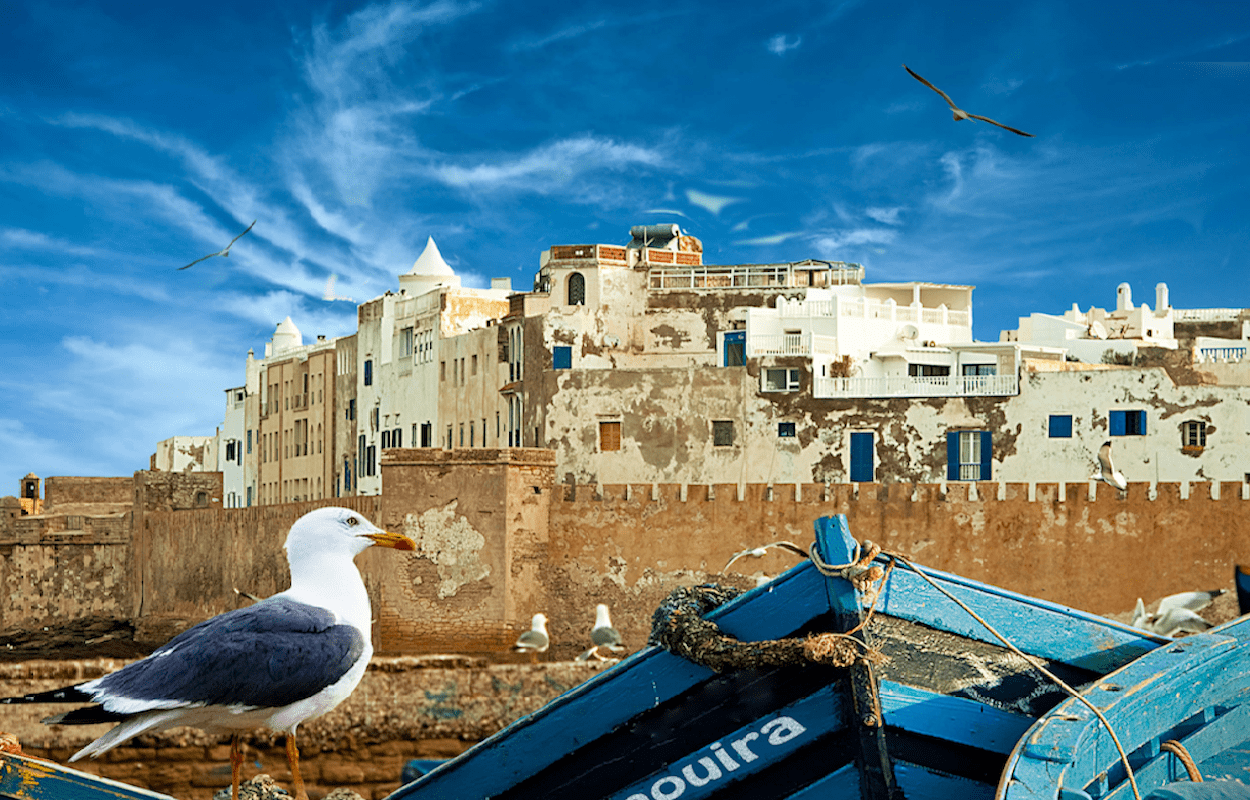- Published on
The Exquisite Art of Moroccan Thuya Wood Carving in Essaouira
- Authors

- Name
- Adil ABBADI
Introduction

In the charming coastal town of Essaouira, Morocco, a centuries-old tradition of wood carving has been passed down through generations, showcasing the exceptional skill and creativity of local artisans. Thuya wood, a rare and prized material, is at the heart of this ancient craft, which has become an integral part of Moroccan heritage. This article will delve into the fascinating world of Moroccan Thuya wood carving, exploring its history, significance, and the artisans who keep this tradition alive.
- Historical Context
- Traditional Significance
- Modern Relevance
- Cultural Preservation
- Conclusion
- Cultural Call-to-Action
Historical Context
Thuya wood carving has its roots in the 18th century, when Essaouira was a major trading hub between Europe, Africa, and the Middle East. The town's strategic location and rich cultural diversity attracted skilled craftsmen from various regions, who brought with them their unique techniques and styles. Over time, the art of Thuya wood carving evolved, blending African, Arab, and European influences to create a distinctive Moroccan aesthetic.
Traditional Significance
Thuya wood, also known as "Tree of Life," is a rare and sacred tree in Morocco, believed to possess mystical powers. The wood's unique characteristics – its fine grain, aromatic scent, and rich brown color – make it highly prized for carving. Artisans in Essaouira have perfected the art of working with Thuya wood, creating intricate and beautiful pieces that are both functional and decorative.

Modern Relevance
Today, Thuya wood carving is not only a cherished tradition but also a thriving industry in Essaouira. Local artisans continue to innovate and adapt their techniques, creating modern pieces that appeal to a global audience. From decorative boxes and jewelry to intricate furniture and sculptures, Thuya wood carvings have become a staple of Moroccan craftsmanship.
Cultural Preservation
Efforts to preserve and promote Thuya wood carving are underway in Essaouira, with local organizations and government initiatives supporting artisans and their craft. The town's historic medina, a UNESCO World Heritage Site, is home to numerous workshops and cooperatives where visitors can witness the art of Thuya wood carving firsthand. These initiatives not only ensure the continuation of this ancient tradition but also provide a sustainable source of income for local artisans.

Conclusion
The art of Moroccan Thuya wood carving in Essaouira is a testament to the country's rich cultural heritage and the skill of its artisans. This ancient craft continues to thrive, thanks to the dedication of local craftsmen and the efforts to preserve and promote this tradition. As we appreciate the beauty and intricacy of Thuya wood carvings, we are reminded of the importance of cultural preservation and the need to support artisans who keep these traditions alive.
Cultural Call-to-Action
As you explore the vibrant souks and historic medina of Essaouira, take a moment to appreciate the artisans who have dedicated their lives to perfecting the art of Thuya wood carving. Visit local workshops, support fair trade practices, and consider purchasing a handmade piece to take home as a reminder of this extraordinary cultural heritage. By doing so, you will be contributing to the preservation of this ancient tradition and ensuring its continuation for generations to come.
